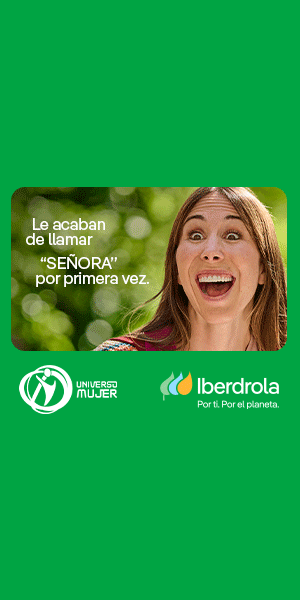Two decades ago, Unesco declared 8 churches and a hermitage as World Heritage Sites. The Valley’s Romanesque architecture is an incalculable tourist attraction. This universal recognition has helped position an area with over two and a half million visitors.
The ringing of the bells of the nine Romanesque churches of the Vall de Boí last November served as a reminder that exactly 20 years ago, Unesco declared them World Heritage. Mirroring what had happened on November 30, 2000, their tolling flooded the Vall’s villages in the same way that joy and cava did two decades ago. The recognition of a heritage that holds over nine centuries of history revitalized the territory, placing it at the forefront of the international tourism map and attracting more than two and a half million visitors, about 130,000 per year.

The churches of Sant Climent and Santa Maria de Taüll, Sant Joan de Boí, Santa Eulàlia de Erill la Vall, Sant Feliu de Barruera, la Nativitat de Durro, Santa Maria de Cardet, la Assumpció de Cóll, and the hermitage of Sant Quirc de Durro form the Romanesque ensemble.
It has the particularity of being concentrated in the same Valley. The churches are located very close to each other and perfectly integrated into the natural landscape.
One of their main traits is the unity of its architecture. They were built during the XI and XII centuries, following the Lombard Romanesque style from the north of Italy. It is characterized by its functionality, the thorough work of the stone, the slender bell towers, and the sparse exterior decoration, limited to blind arches and Lombard bands.

The Vall de Boí Romanesque churches are the artistic reflection of a society structured around ecclesiastical and stately hierarchies. In this case, the Lords of Erill and the bishopric of Roda de Isábena were the Vall’s temples’ promotors.
In this medieval society, the church did not only fulfill a religious function but played an important social role as a meeting place and refuge. In La Vall’s case, the use of the slender belltowers for communication and surveillance shows the temples’ social function.
Romanesque architecture in Catalonia
Romanesque was born around the year 1000 in northern Italy and spread rapidly throughout Europe. It was the first international artistic movement with stylistic unity, despite local variations. In Catalonia, the new stile arrived thanks to Abbot Oliba. He became a great promoter of the architectural renovation experienced during the 11th century in the Catalan counties, from Ripoll, Cuixà, and Vic.

The early Romanesque style combines components from the classical world, the local tradition, and the Lombard forms that arrived with the itinerant master builders.
The buildings are functional and austere, with thick walls capable of supporting the barrel vaults’ weight and the only exterior decoration being blind arches and Lombard bands. There are scarcely any windows, and the naves are generally separated by columns or pillars joined by semicircular arches.
During the 12th century, technical improvements show the perfection of stonework. Architectural resources diversify, and more sculptural elements are added to the decoration. In the 13th century, Romanesque forms began to coexist with the arrival of Gothic.

Not everything is Romanesque
The Vall de Boí offers many more possibilities: the Parc Nacional d’Aigüestortes i Estany de Sant Maurici, the ski resort of Boí Taüll Resort, hiking trails, adventure sports, gastronomy, etc. And what better place to rest and relax than the Parador de Vielha.

On top of a hill at the entrance of Vielha, its unbeatable location makes it a privileged viewpoint over the gorgeous Vall d’Aran. Time stands still there. Nature enters through all the senses. Enjoy a massage in the spa, a dip in the pool, or the best gastronomy of the Valley in its circular and panoramic restaurant.
TECHNIQUES AND MATERIALS
The construction
The churches are built with local materials: stone, lime, wood, and slate. The stone is worked in ashlars, joined with lime mortar to make the walls and vaults. Wooden beams and slate slabs are used to make the roofs.
Fresco painting
On the wall, the lime mortar prepared with sand, lime, and water is applied. The preparatory drawing or sinopia is made, and, with the mortar still fresh, the color pigments diluted with water are used.
Tempera painting
It is used to paint on wood or to apply the final touches of mural painting. In this case, the pigments are mixed with egg yolk.






